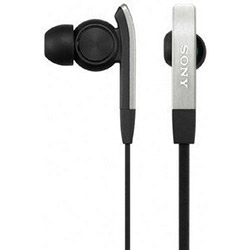... or, Liturgical Music: Finding Hymnody to Enlighten the Mind and Lift the Soul
Having been a Seminarian for the Archdiocese of Saint Louis—an Archdiocese with great diversity in liturgical music, priestly ministry, and culture—I have had a great variety of liturgical experiences. Also, being a young adult with twenty-four years of musical listening habits under my belt, I've listened to a wide variety of genres, most especially alternative, classical, and pop music (with a bit of country music thrown in on the side). My most consistent favorite is soundtrack music (which can incorporate many of these styles in a single album).

A project on which I am proud to have worked is the recording and mastering of an album (pictured above) for a Seminarian rock band—I helped with everything besides the musical talent. (You can buy the album, Lost in Ecstasy, by the Priestie Boyz, on CDBaby or iTunes). I also had the privilege to work in radio engineering for five radio stations over the course of five years—two pop stations, one soft rock, and two AM/talk radio stations.
These experiences recently came to my mind simultaneously as I attended a youth-oriented Mass, at which many liturgical hymns (published in OCP) were sung with the accompaniment of two guitars, a drum set, and some percussion instruments.
In my analytical mind, I was using my mind's waveform analyzer (didn't know I had one of those until now!) to 'see' the music. What I saw made me think quite a bit about the different genres of music, and different purposes of music—especially liturgical music. In particular, I thought about the efficacy of different styles of music in worship, and how fitting (or unfitting) are different styles, especially for different audiences.


